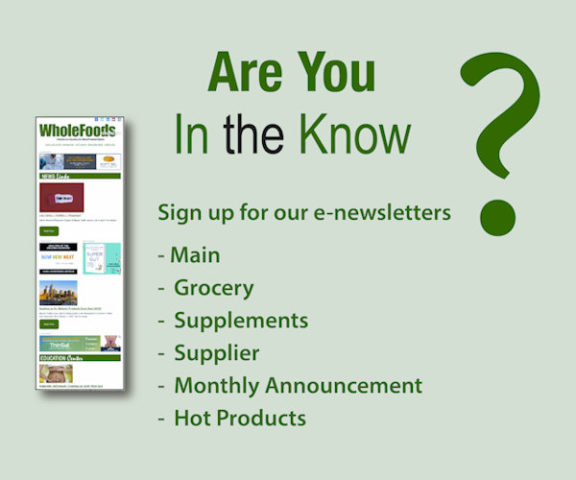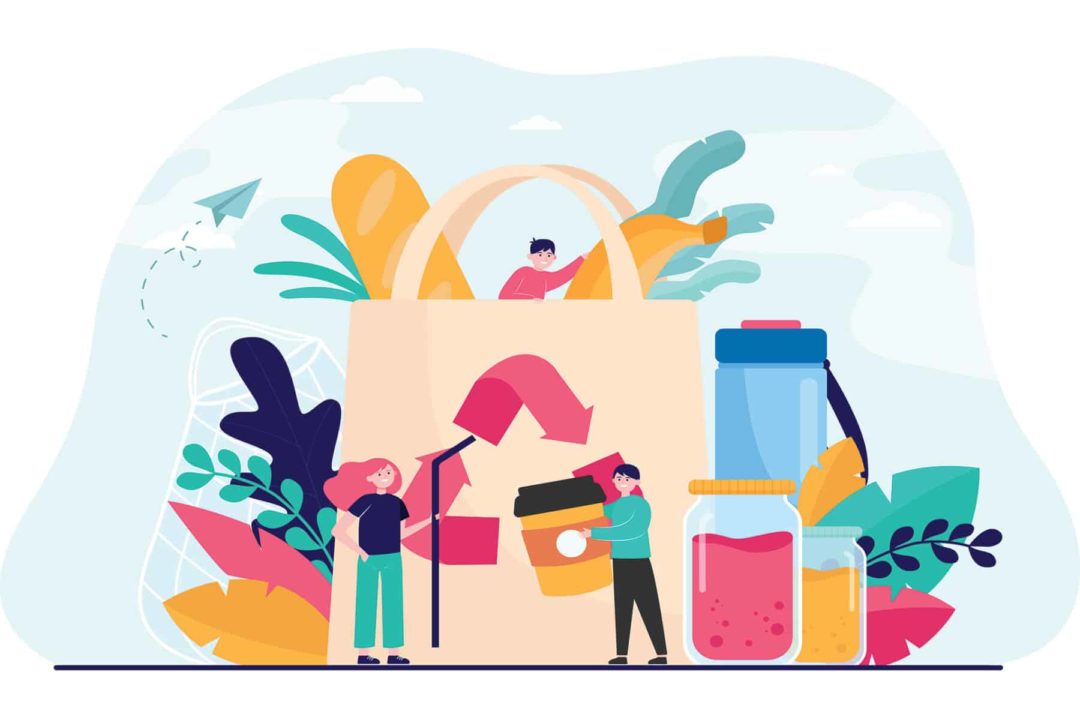Market research from Kerry, which covered 14,000 consumers over 18 countries, found that 49% of consumers are considering sustainability when buying food and drink, with sustainable packaging and environmental preservation now standard drivers for many (3). And in the U.S. specifically, a 2021 study from GreenPrint found that 64% of Americans are willing to pay more for sustainable products (4).
Eco-friendly is just one part of the equation, though. To win consumers over, packaging should also enhance safety, be easy to use, and look good, according to FMCG Gurus (1). Consider:
Eco-friendly:52% of global consumers believe that there is too much plastic on products, which they perceive to be a waste of both resources and money (1). With more than half of global consumers now aware of this problem, an eco-friendly approach isn’t just a bonus...it’s becoming an expectation of consumers. Soumya Nair, Insights Director, Kerry, explains: “Sustainability minded consumers are actively seeking out food and beverage products that have a significantly positive impact on the planet as well as on their personal health and wellbeing, seeking products with clean label claims and locally sourced ingredients. In addition, the different expectations between consumer demographics shows how consumers expect companies to do more outside of issues such as sustainable packaging, carbon emissions and water conservation.”
Safe:49% of global consumers say their perceptions on packaging have changed due to COVID-19. As Mike Hughes, Director of Insights for FMCG Gurus, discussed last year duringDriving Value Through Sustainability Across the Supply Chain, a #NaturallyInformed event, “Changing attitudes means that packaging innovations based around safety and sustainability will be particularly appealing to consumers” (5).
Convenient:33% of global consumers said they regularly find it difficult to get products out of the packaging. FMCG Gurus reports: “Consumers want packaging to cause minimal hassle and disruption to their daily lives.”
Appealing:50% of global consumers associate stand-out packaging with a higher quality/premium product. “Packaging is something that shapes perceptions of a product and brand,” FMCG Gurus reports, “which means packaging should not just be designed with functional benefits but also emotional attributes that help capture consumer attention.”
How can brands meet these consumer desires?
Ecovia Intelligence predicts that, sparked by growing consumer opposition to single-use plastics, food and beverage companies can signal their commitment to sustainability by investing in packaging certification schemes, such as Plastic Neutral by repurpose Global (6). The company promises to “take the headache out of kickstarting brand sustainability” by complementing a brand’s supply chain goals with systemic change with solutions to fit every size, sector, and geography.IMPACT COLLECTIVE is another resource. Carlson recently joined the growing movement of brands in this collective that is committed to making an immediate and positive environmental impact, announcing that it will be expanding its sustainability efforts and working toward becoming plastic-neutral. This initiative is managed by GreenPrint, which offers a turnkey sustainability program designed for CPG brands.
The Sustainable Packaging Coalition also has resources to assist brands. One member company that recently announced a major effort: Tillamook County Creamery Association (TCCA), a B Corp, has been working on “ambitious” new packaging goals, including avoiding unnecessary packaging while reducing of food waste; committing 100% of its packaging solutions to being recyclable, reusable, or compostable by 2030; increasing recycled content to 20% (on average) in its plastic packaging by 2025; and eliminating use of all virgin plastic by 2035.
Consumer behavior is, of course, key here, because no effort can truly succeed without the consumer’s participation. How2Recycle helps by harmonizing recyclability information based on Federal Trade Commission Green Guides. The goal: to create a clear, straightforward label that conveys to consumers how to recycle a package.
The How2Recycle program counts Thrive Market among its members. “At Thrive Market, environmental responsibility is at the core of everything we do and we’re dedicated to finding solutions that rally our community behind a healthier planet,” says Jenna Engleman, Sr Director, Thrive Market Brands. “Unfortunately, recycling has always been far more confusing than it should be, so we’re thankful for How2Recycle, who remove the guesswork for consumers by implementing a clear and simple labeling system educating folks on how to recycle certain materials.”
For more on packaging materials and resources, as well as strategies to communicate social responsibility messages, register atwww.NaturallyInformed.net/on-demand/to view on-demand sessions from the Naturally Informed virtual eventDriving Value Through Sustainability Across the Supply Chain.WF
References
- https://fmcggurus.com/blog/fmcg-gurus-the-role-of-packaging-in-2021/
- https://www.epa.gov/facts-and-figures-about-materials-waste-and-recycling/containers-and-packaging-product-specific-data#PlasticC&P
- https://wholefoodsmagazine.com/suppliers/news-suppliers/49-of-consumers-consider-sustainability-when-purchasing-food-beverages/
- https://greenprint.eco/greenprint-sustainability-index/
- https://naturallyinformed.net/sustainabilitysolutions-event-archive/
- https://www.ecoviaint.com/sustainable-food-predictions/?hilite=%27packaging%27











